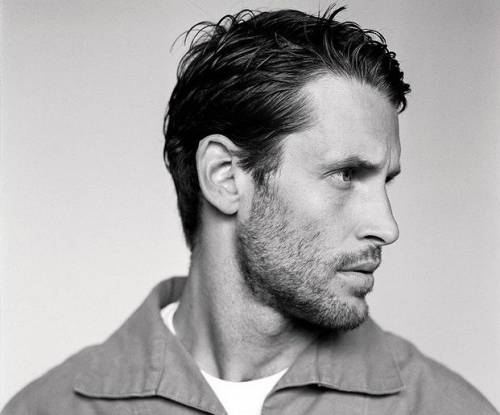Hermès: a symbol of class and exceptional quality
"We don't have a policy of image, we have a policy of product."
Jean-Louis Dumas
Hermès is synonymous with refined tastes and aristocracy. Every Hermès item, whether it be gloves, belts, silk scarves or bags, is a real treasure that requires not only considerable financial investments, but, sometimes, long years of waiting. Today it is one of the most luxury brands, but not everyone knows that in the distant 19th century the horses were the main "client" of the brand.
 |
 |
Photo: *******.com/hermes/
The history of Hermès began in 1837 in Paris when Thierry Hermès founded a horse harness workshop on the Grand Boulevards, serving only representatives of European aristocracy. He mainly engaged in the manufacture of harness and bridles. In 1855, the master won a prize in his class at the Paris Expositions Universelles exhibition, and in 1867 he received a first-class medal at the same exhibition.
Thierry Hermès passed away in 1878, leaving his workshop to his son, Charles-Emile Hermès. Charles-Emile expanded production, adding saddlery to his existing assortment, and began retailing. With the help of his sons, Adolphe Hermès and Émile-Maurice Hermès, Charles-Emile made deliveries to elite families in Europe, North Africa, Russia, Asia, and America. In 1900, Hermès developed the Haut à courroies bag, designed specifically for riders so that they could carry a saddle.
After Charles-Emile Hermès retired, the company was headed by his two sons - Adolphe and Émile-Maurice. They renamed the company "Hermès Frères". Shortly afterward, Émile-Maurice set up supplies of saddles for the imperial court of Tsarist Russia. Profitable business expanded, and by 1914 the saddle shop consisted of about 80 masters.
After some time, Émile-Maurice Hermès received exclusive rights to use a zipper in leather products and clothing, becoming the first person in France to introduce the use of this mechanism. In 1918, Hermès produced the first leather golf jacket with a zipper for the Prince of Wales. The new mechanism was named after the copyright company: "fermature Hermès" ("Hermès clasp"). During the 20s of the twentieth century, as the sole head of the company, Émile-Maurice added a collection of accessories to the range of goods.
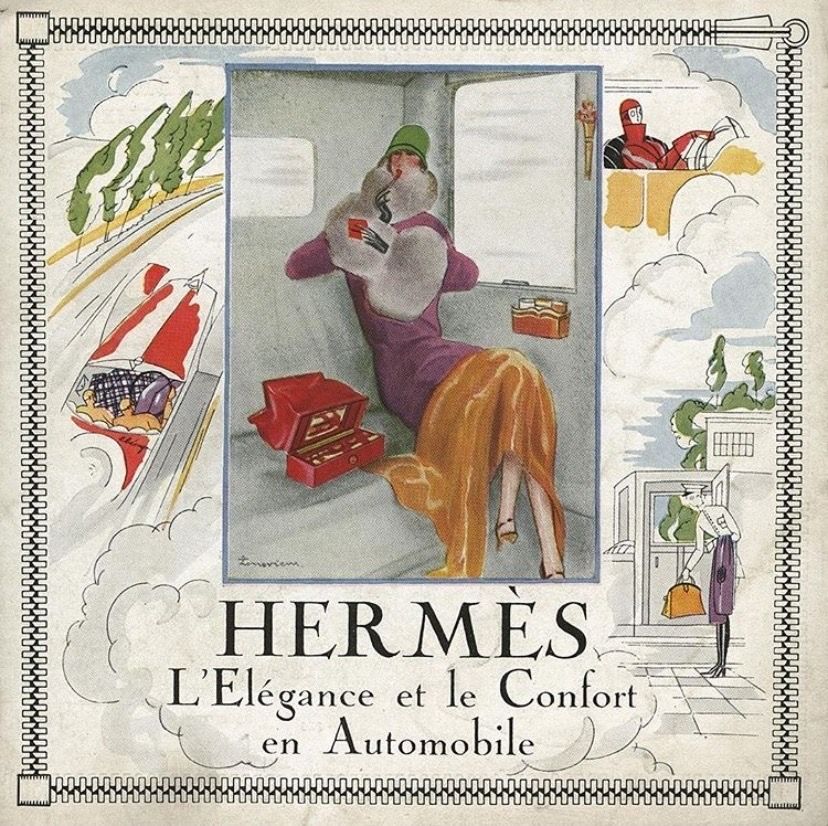 Photo: *******.com/hermes/
Photo: *******.com/hermes/
In 1922, the first Hermès leather bags were introduced into production. The start of their release was laid by the complaint of the Émile-Maurice's wife - she could not find a suitable handbag. Émile-Maurice personally designed the entire collection for her.
In 1929, in Paris, Hermès Fashion House introduced its first collection of Haute couture women's clothes. During the 30s, Hermès developed several of the most well-known products - a leather bag Sac à dépêches, famous Carrés silk scarves, Chaîne d'ancre bracelets etc. At this time, the company's designers drew inspiration from books, paintings, and other objects of art and developed its philosophy, which in a nutshell can be described as "Leather, sports and traditions of sophisticated elegance".
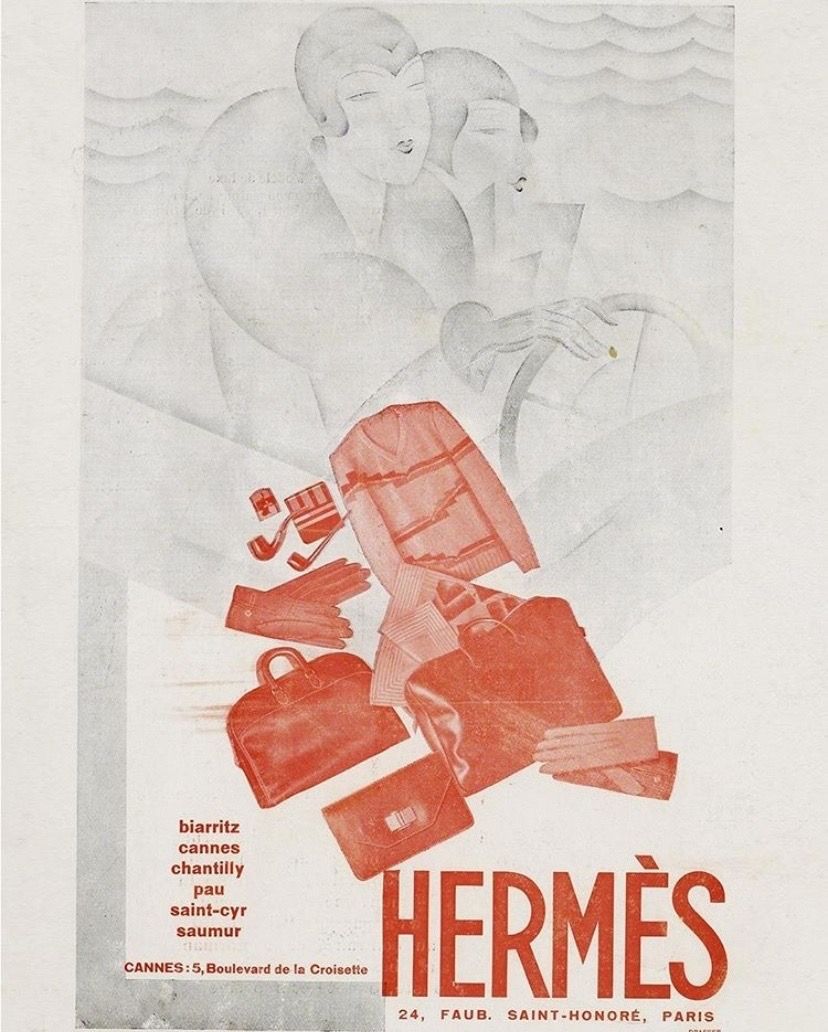 Photo: *******.com/hermes/
Photo: *******.com/hermes/
The death of Emile-Maurice saw the ascension of the first non-descendent director of Hermès, Robert Dumas- Hermès. The son-in-law of founder Thierry Hermès, Robert Dumas attached the Hermès name to his own and committed himself to continue the brand's legacy.
Since the 1950s Hermès has been using the logo with a picture of a Duc carriage with a horse. The horse-drawn carriage is supposed to remind of the company's origin as a saddlery manufacturer. Dumas launched the production of original bags, jewelry, and accessories, among which the silk scarves and bags were especially notable. The Hermès Sac-a-Depeches, which has been known as Kelly since the middle of the last century, was one of the most popular brand's items.
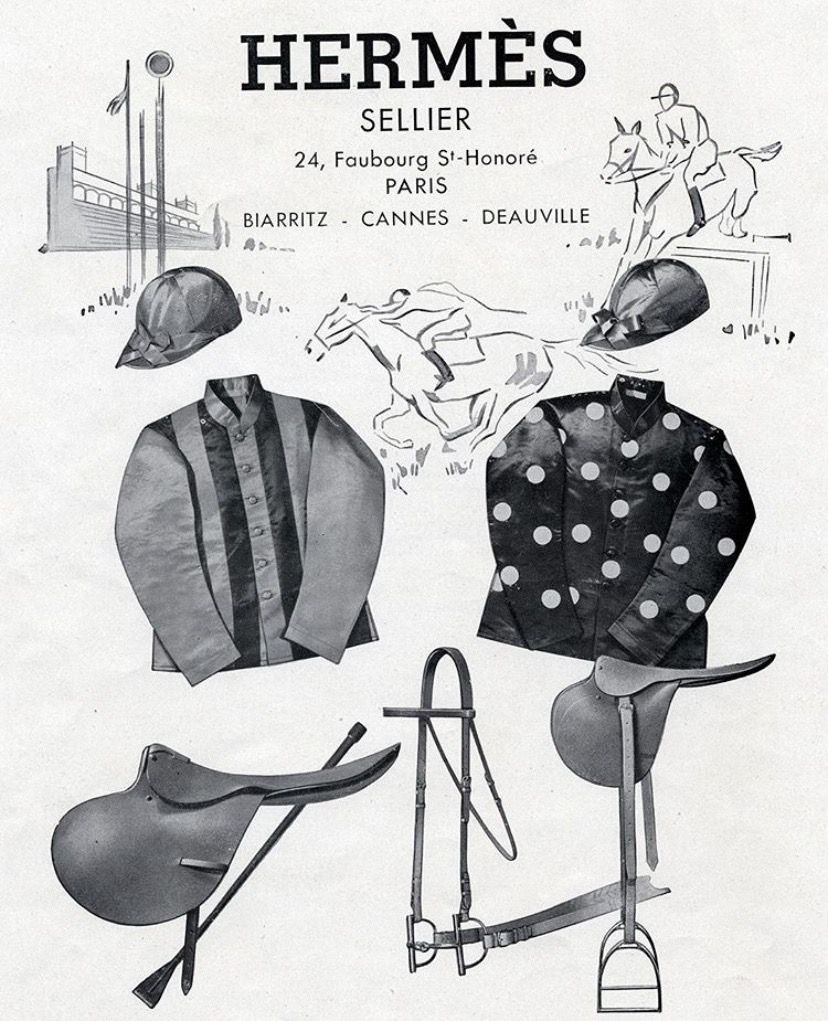 Photo: *******.com/hermes/
Photo: *******.com/hermes/
In 1956, the marriage of Hollywood actress Grace Kelly and Prince of Monaco became an occasion for annoying photographers to focus on her. Her Hermès bag helped the actress hide one delicate detail of her personal life, namely the pregnancy. This moment was captured in one of the pictures that appeared on the pages of the popular LIFE magazine, which made this bag model an object of desire and worship of fashionistas, and also allowed it to inherit the sonorous name "Kelly".
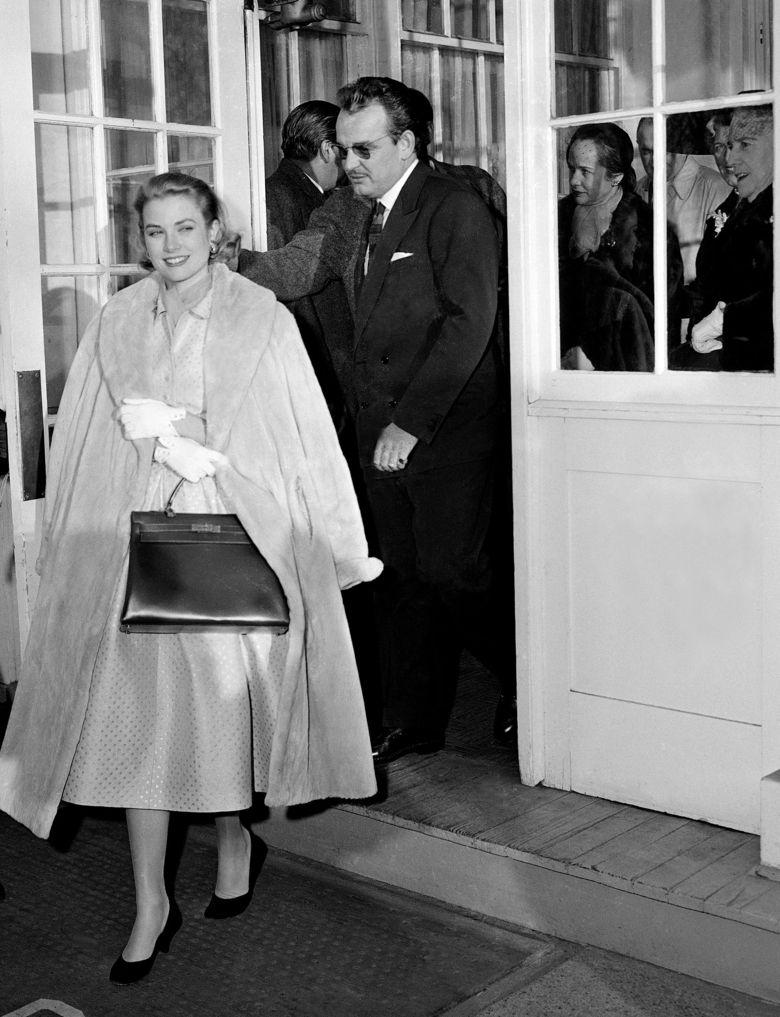
Jean-Louis Dumas, son of Robert Dumas, took charge of Hermès in 1978. He immediately set out to revamp the brand, refining their repertoire to include three main categories: leather goods, silk scarves, and ready-to-wear collections. Jean-Louis elected to readopt the retailer's original name, dropping "brothers" from the official title. Following the success of the Constance and Kelly, Jean-Louis designed a third handbag that would become nearly synonymous with the Hermès brand, known as the "Birkin".
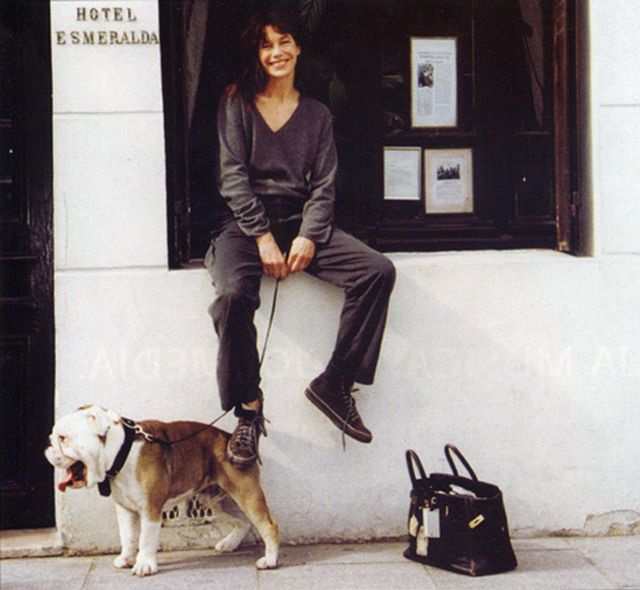 |
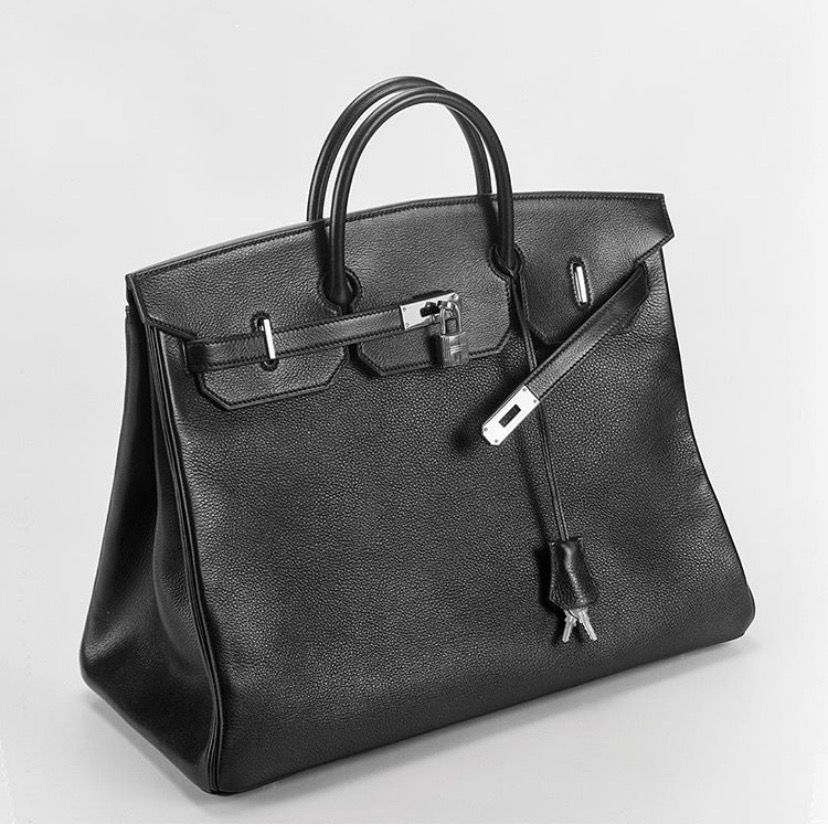 |
The prestigious and desired accessory now had another advantage - the bag became much more spacious and comfortable. The legends about the appearance of this bag are the most vague and ambiguous, but they are united by the fact that the heroine of these stories is actress Jane Birkin. Nevertheless, it is believed that Jane was unhappy with the inconvenience of most of the bag models she encountered, which, by coincidence, led to the creation of the Birkin bag in 1984.
Both bags are the objects of desire of all wealthy modern women. Hermès bags are not only a timeless accessory, but a sign of wealth and a certain status. They are handmade by a single artisan, with some bags taking up to 48 hours to complete. The brand believes this strategy aids in preserving the bag's value and inimitableness. This is undoubtedly a time-consuming process, which explains why some customers are willing to wait six months to a year to see one of these signature bags delivered to their doorstep.
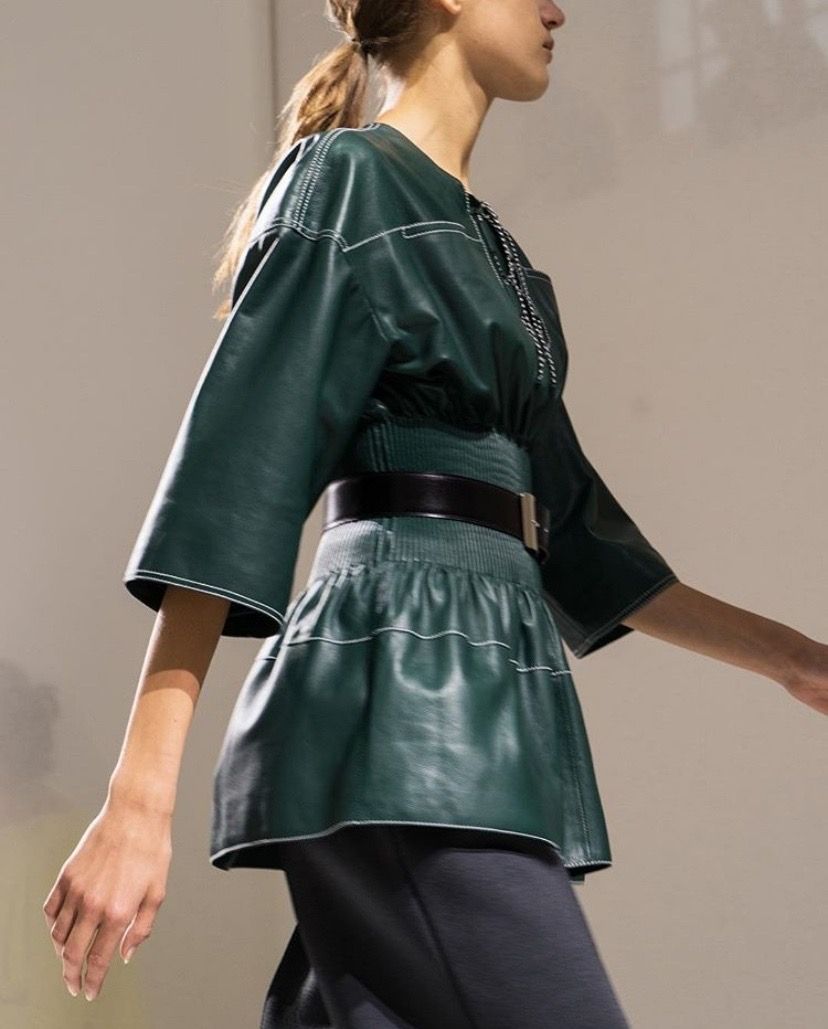 |
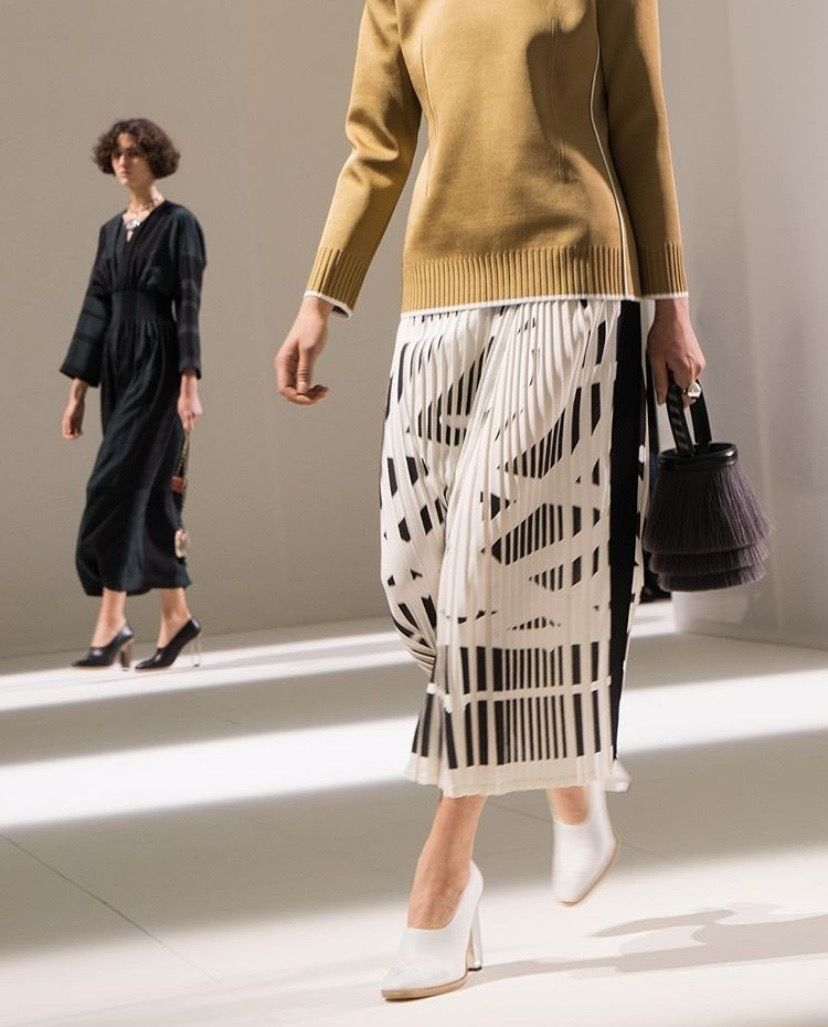 |
Photo: *******.com/hermes/
The Hermès creative team has always been distinguished by a high level of professionalism - Jean-Paul Gaultier, Martin Margiela, Christophe Lemaire and other talented couturiers worked at the Fashion House. Today, the creative director of the brand is the French fashion designer Nadège Vanhee-Cybulski, who also follows the legacy of the iconic brand, paying particular attention to craftsmanship and technique, but at the same time not forgetting about functionality and comfort.

